Catherine H. Crawford
Multiscale Neural Operator: Learning Fast and Grid-independent PDE Solvers
Jul 23, 2022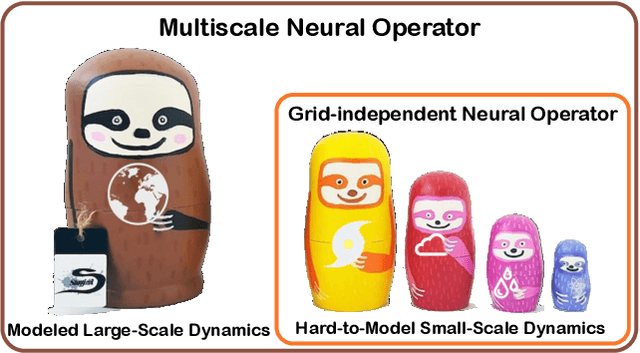

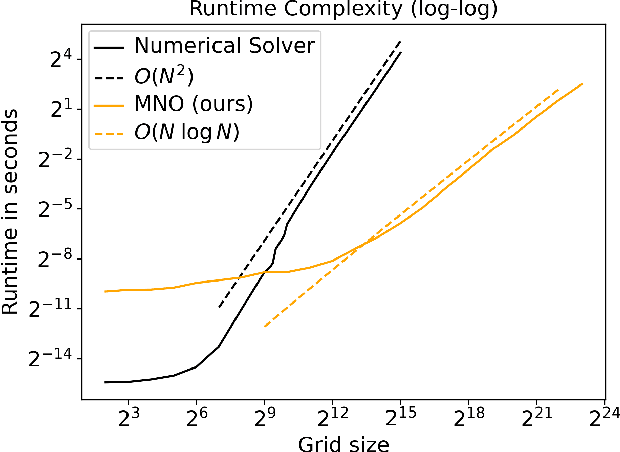
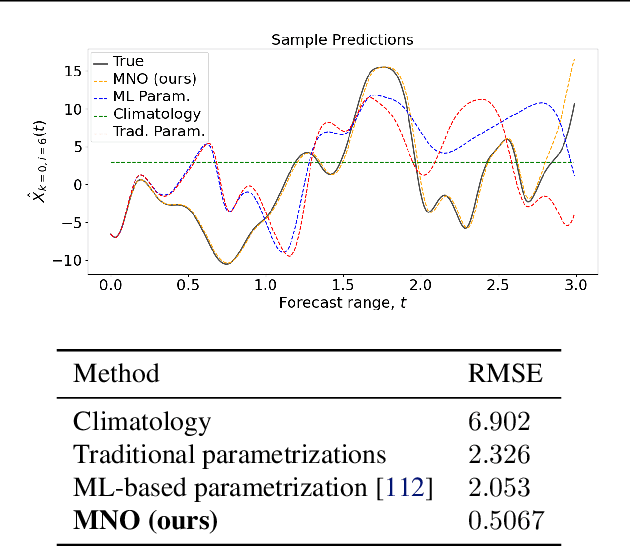
Abstract:Numerical simulations in climate, chemistry, or astrophysics are computationally too expensive for uncertainty quantification or parameter-exploration at high-resolution. Reduced-order or surrogate models are multiple orders of magnitude faster, but traditional surrogates are inflexible or inaccurate and pure machine learning (ML)-based surrogates too data-hungry. We propose a hybrid, flexible surrogate model that exploits known physics for simulating large-scale dynamics and limits learning to the hard-to-model term, which is called parametrization or closure and captures the effect of fine- onto large-scale dynamics. Leveraging neural operators, we are the first to learn grid-independent, non-local, and flexible parametrizations. Our \textit{multiscale neural operator} is motivated by a rich literature in multiscale modeling, has quasilinear runtime complexity, is more accurate or flexible than state-of-the-art parametrizations and demonstrated on the chaotic equation multiscale Lorenz96.
PCE-PINNs: Physics-Informed Neural Networks for Uncertainty Propagation in Ocean Modeling
May 05, 2021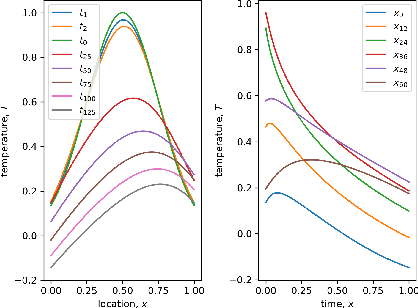
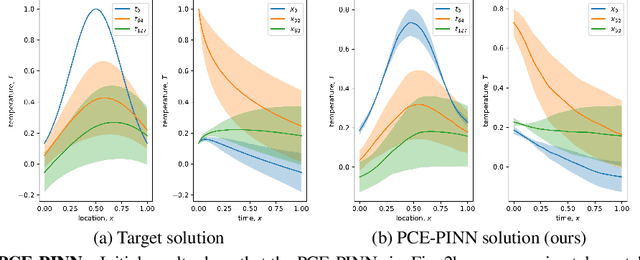
Abstract:Climate models project an uncertainty range of possible warming scenarios from 1.5 to 5 degree Celsius global temperature increase until 2100, according to the CMIP6 model ensemble. Climate risk management and infrastructure adaptation requires the accurate quantification of the uncertainties at the local level. Ensembles of high-resolution climate models could accurately quantify the uncertainties, but most physics-based climate models are computationally too expensive to run as ensemble. Recent works in physics-informed neural networks (PINNs) have combined deep learning and the physical sciences to learn up to 15k faster copies of climate submodels. However, the application of PINNs in climate modeling has so far been mostly limited to deterministic models. We leverage a novel method that combines polynomial chaos expansion (PCE), a classic technique for uncertainty propagation, with PINNs. The PCE-PINNs learn a fast surrogate model that is demonstrated for uncertainty propagation of known parameter uncertainties. We showcase the effectiveness in ocean modeling by using the local advection-diffusion equation.
 Add to Chrome
Add to Chrome Add to Firefox
Add to Firefox Add to Edge
Add to Edge